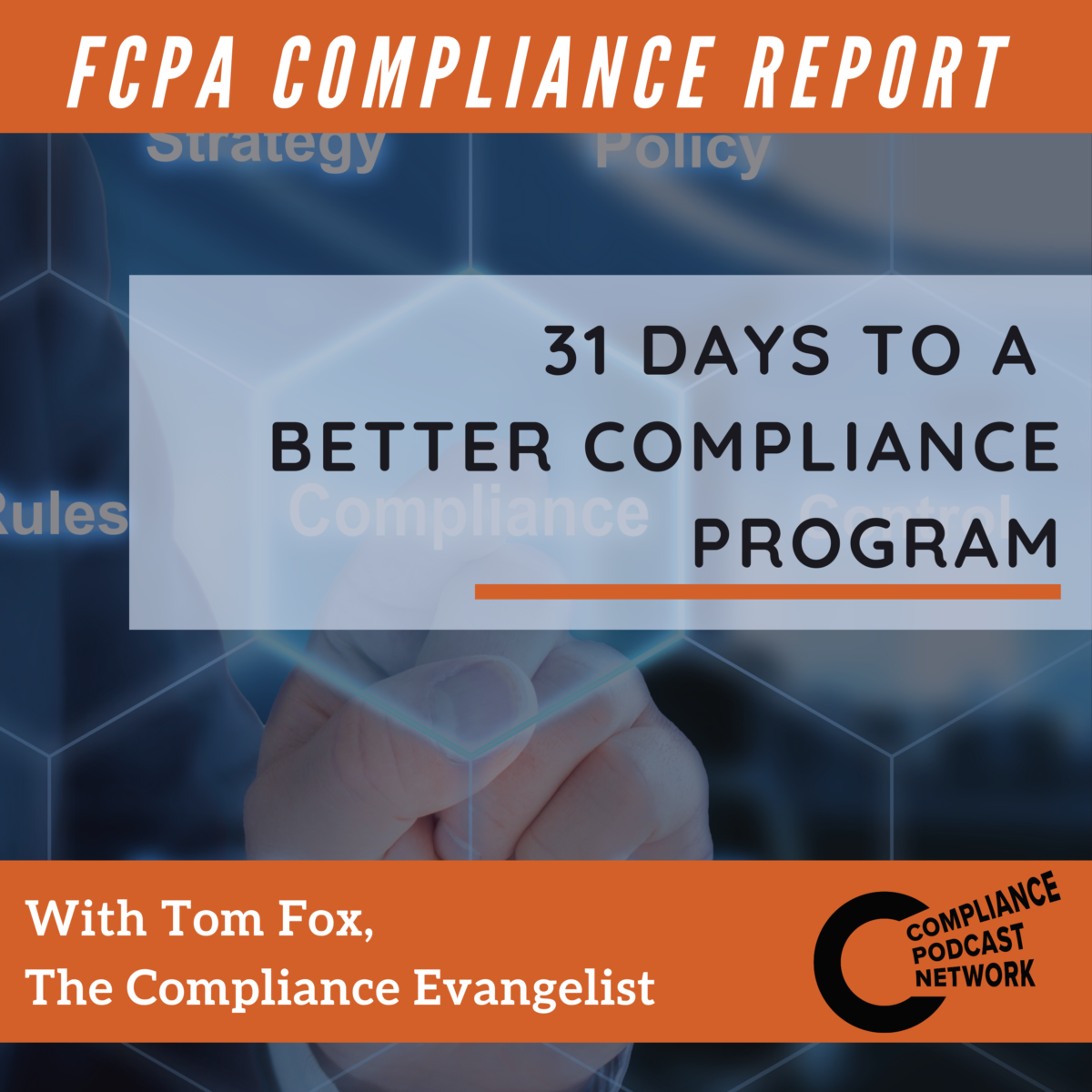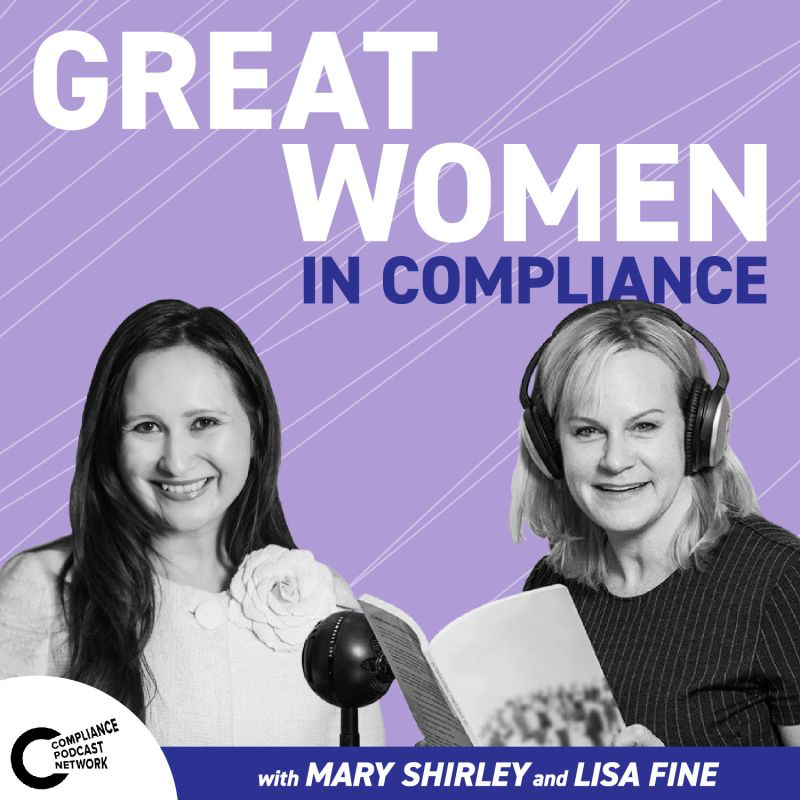Welcome to a special 5 part blog post series on building a stronger culture of compliance through targeted and effective training, sponsored by Diligent. Over this series I will visit with Kunal Agrawal, Director of Customer Success at Diligent; Kevin McCoy, Customer Success Manager at Diligent; Jessica Czeczuga, a Principal Instructional Designer; Andrew Rincon, Global Accounts Management Advisor at Diligent; and David Greenberg, former CEO and Special Advisor at LRN and Director at International Seaways. Over this series, we will consider the importance of ongoing communications, the value of targeted training, training third-parties, and the role of the Board of Directors. In this Part 1, we consider the importance of ongoing communications with Kunal Agrawal.
Compliance professionals are often tasked with the challenge of keeping employees up-to-date with changing rules and regulations while also fostering a culture of accountability. To achieve this, it is essential to develop targeted ongoing communication strategies that resonate with diverse audiences and drive compliance. Through regular cadence of communication, utilizing various mediums, and taking into account cultural nuances, you can ensure that your organization stays ahead of compliance risks and fosters a culture of trust and integrity. Here are the steps to get improved compliance through effective ongoing communication.:
1. Establish a regular cadence for communications
2. Develop customized messages for diverse audiences
3. Utilize various communication mediums effectively
1. Establish a regular cadence for communications. Establishing a regular cadence for communications is a crucial step in achieving effective ongoing communication in compliance. With the ever-increasing complexity of regulations, compliance professionals need to ensure that employees are kept up-to-date on new developments and requirements. A predictable pattern and schedule for communications can help to instill the habit of ongoing communication among employees and stakeholders, ensuring that they are well-informed and prepared to adhere to necessary guidelines. This regularity allows audiences to anticipate and expect updates, making it more likely that they will engage in and retain the information being shared. By maintaining a consistent schedule, compliance professionals can create a conducive environment for the organization to thrive in terms of meeting regulatory guidelines and staying compliant with the latest rules and developments.
Agrawal emphasized the need to maintain regular ongoing communication, as this allows organizations to address the constantly evolving landscape of technology, data privacy, healthcare regulations, and trading compliance challenges. He suggested maintaining a consistent pattern for communications, such as sticking to a set schedule, to create a pattern and habit for employees to follow. Agrawal also acknowledged the importance of customizing these communications across different mediums and using visual aids when appropriate to cater to the needs of different geographical locations, diverse employee profiles, and varied cultural backgrounds. It is essential to establish a regular cadence for communications, as this fosters a culture of compliance and increases employees’ understanding of the guidelines, expectations, and best practices relating to their roles.
2. Develop customized messages for diverse audiences. Ongoing communication in compliance is essential for fostering a strong culture of adherence to regulatory guidelines and instilling the habit of continual learning among employees and stakeholders. With the ever-changing landscape of regulations in various sectors, it becomes increasingly important for compliance professionals to create well-formulated communication strategies that cater to the diverse needs of their audience. One crucial aspect of these strategies is developing customized messages that cater to the unique cultural nuances, roles, and learning preferences of the different members of the organization. By personalizing the content, compliance professionals can ensure that the information is more relevant, engaging and impactful, resulting in more effective communication and, ultimately, better compliance outcomes.
Agrawal focused on the importance of tailoring compliance communications to the specific needs and cultural contexts of diverse audiences. He noted that the ever-evolving nature of technology, data privacy, healthcare regulations, and trading compliance demands that compliance professionals consistently create and deliver content that truly resonates with their audiences. Agrawal highlighted the need to validate internal content with local audiences to guarantee the appropriateness and relevance of the materials.
3. Utilize various communication mediums effectively. Utilizing various communication mediums effectively is a crucial step in creating an ongoing communication strategy for compliance professionals. With the rapidly changing landscape of regulations, particularly in industries such as technology, data privacy, and healthcare, it is essential to ensure that employees and stakeholders are aware of the latest requirements and guidelines. To achieve this, compliance professionals must adopt a diverse range of communication channels that cater to different audiences, geographical locations, and cultural sensitivities. This includes not only relying on traditional methods such as emails and newsletters, but also embracing newer technologies and platforms, such as instant messaging apps, internal document repositories, and video conferencing tools. By doing so, the compliance professionals can ensure that relevant and timely information is disseminated effectively and efficiently, thereby promoting a culture of compliance and reducing the risk of non-compliance.
Agrawal elaborated on the importance of identifying the right communication mediums to deliver compliance messages effectively. Promoting a culture of continuous communication, Agrawal stressed the need to maintain a regular cadence for communications to create a predictable pattern and habit. This enables the target audience to anticipate and be more receptive to the information shared. Agrawal emphasized the significance of tailoring communication to cultural nuances and appropriateness, particularly with regard to humor. He recommended validating content with a local audience, ensuring that humor is presented effectively and does not alienate or offend the intended recipients.
For compliance professionals striving to maintain a seamless flow of crucial regulatory information, a strategic and robust communication plan cannot be undermined. From our discussion with Kunal Agrawal, we distilled the essence of achieving improved compliance communications. Through regularly engaging with stakeholders in a tailored manner, leveraging multiple communication mediums, and staying attuned to feedback and cultural nuances, compliance officers can ensure that their messaging is accurate, relevant, and impactful. We encourage you to take these invaluable insights to heart, and empower yourself to craft and refine communication strategies that will drive your organization towards compliance excellence.
For more information go to http://diligent.com/compliancetraining.
Join us tomorrow where we consider the value of targeted training.









